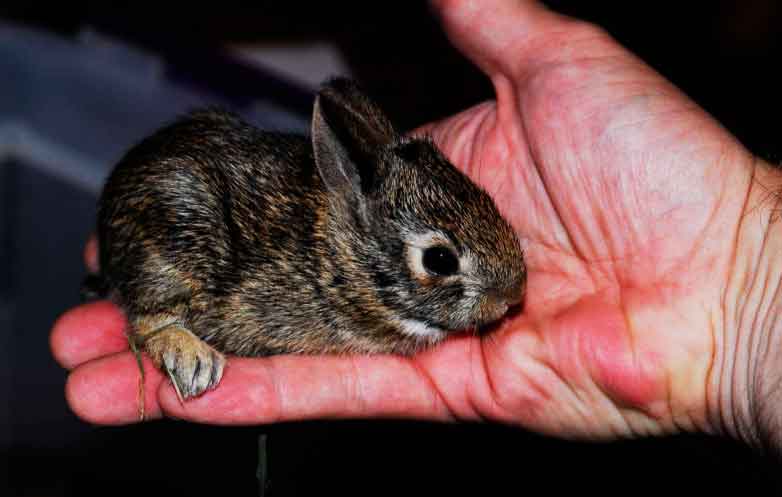
16 Facts about Baby Rabbits
If you’ve ever known someone who kept rabbits as pets, then you’ve probably seen the tiny babies that come out of the mother rabbit’s body when they are ready to be born. Baby rabbits are sometimes referred to as kittens, but that’s urate since kittens come from cats and baby rabbits come from their mothers! It might be hard to believe that these tiny little furballs are the same creatures as the gigantic adult ones that hop around your backyard, but it’s true! Here are some interesting facts about baby rabbits to help you understand your fuzzy companions.
1) What they eat
Unlike humans, baby rabbits have no teeth, so they can’t chew food; instead, it passes through their digestive tract whole. Since they don’t have molars, baby rabbits eat a liquid diet of partially chewed leafy greens and grasses. After roughly 30 days, baby rabbits develop their adult teeth (three incisors and two upper and lower canines). At that point, they will stop eating liquids altogether and start to nibble solid foods. Growing baby rabbits are typically given soft treats like fruits, vegetables, and hay pellets but should not be fed lettuce or other iceberg greens until one month of age.
2) Where they live
Although young rabbits are called bunnies, baby bunnies live with their mothers in a warren—an underground burrow consisting of the main corridor (known as a run) and individual rooms known as forms. A warren can consist of two to 10 forms and be over 50 feet long. As they get older, baby rabbits leave their mother’s side and explore outside. Even adult rabbits prefer not to be alone, so if you see one rabbit, likely, there are more nearby. If you have bunnies in your yard, the chances are high that you’ll find even more if you take some time to look for them.
3) How they use their ears
Unlike rabbits still in their mothers’ nests, baby rabbits must learn to use their ears to help them find food. To do so, they will make specific ear movements depending on where a sound originates from. For example, if predators approach behind them, they will raise one of their ears and move it forward. On top of that, when they are born blind and deaf (and hairless), they rely on smell to find their mother’s milk and avoid predators. When they finally open their eyes at two weeks old (and gain vision), they will start moving around on all fours instead of staying in a ball like they were younger.
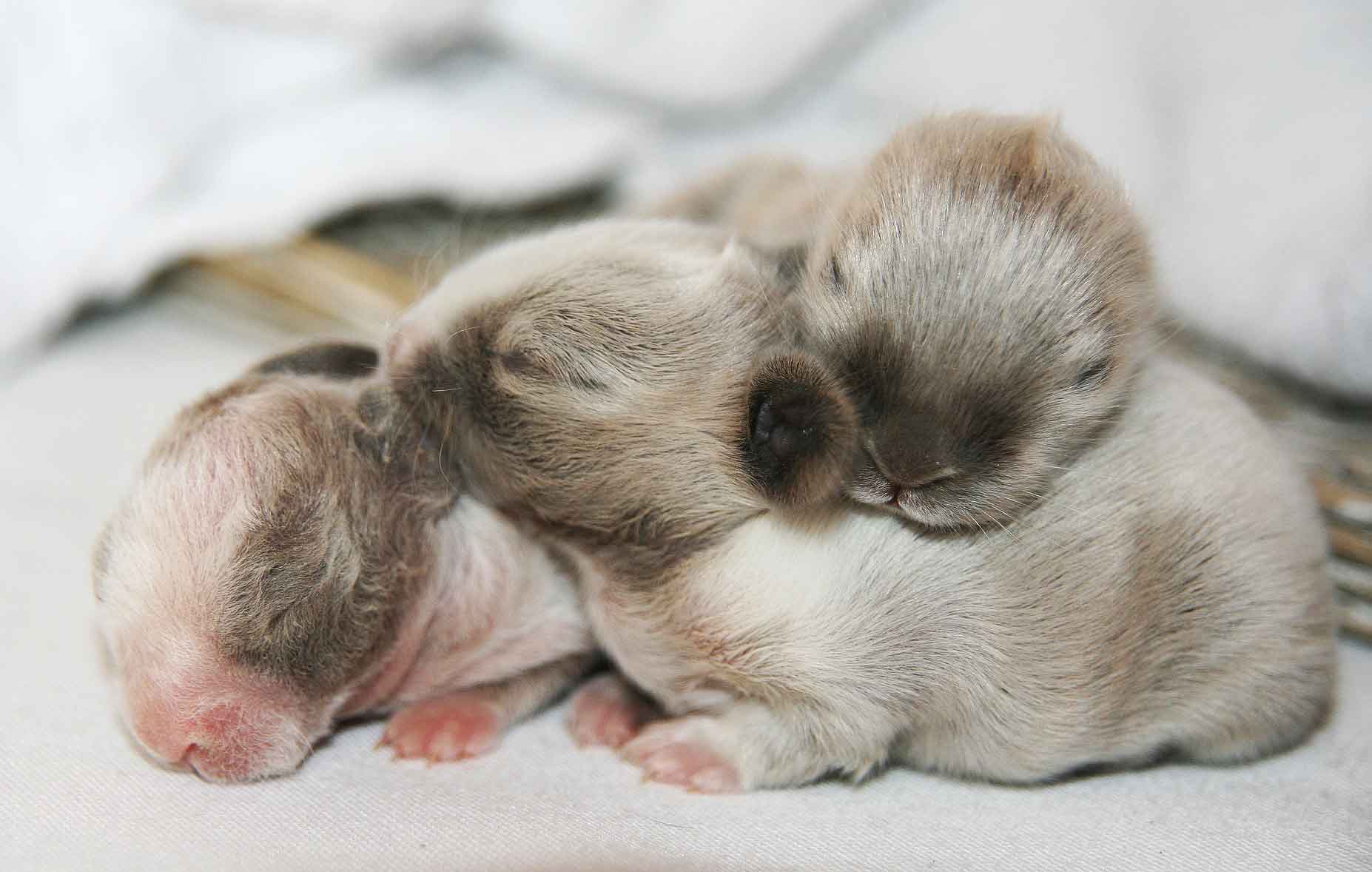
4) 5 surprising facts you might not know about them
* They have to eat their own fur * After just a few hours of life, they start developing scent glands * Rabbits are born with blue eyes and black fur * After 11-12 weeks of pregnancy, rabbits give birth to 1-8 babies at a time * Not all baby rabbits survive. When do they open their eyes? At around 24 days old. What should you feed them? A mother rabbit (or other animals) produces milk for her young by regurgitating food for them to eat, which is called cuddling. She usually will only begin cuddling when her nest is full of babies, but occasionally she may cuddlesome soft bedding in her stomach if there is an urgent need for more food.
5) How to raise a rabbit if you have decided on keeping one as a pet
Rabbits can make excellent pets if you prepare yourself. They are shy and will not come out from hiding unless they feel comfortable around you. It would help if you spent time with your rabbit a few times a day to build up trust and bond between each other. Although rabbits can be a handful, they make rewarding pets with awful and loving sides. That said, some basic requirements need to be met before keeping one in your home: House training: Before bringing your rabbit home, you need to first house train it to know where its litter box is.
6) What diseases can affect rabbits
Risks of infections from different diseases are heightened when you have pet rabbits, especially younger rabbits. Diseases that can affect your bunnies include Myxomatosis, Rabbit syphilis, and Viral Haemorrhagic Disease. All these conditions could potentially lead to death, and it is essential to know how you can help your rabbit stay healthy. At least one pet rabbit owner in five with pet rabbits will lose their beloved pets through death because of some disease (RSPCA)
7) How long do they live?
Wild rabbits can live anywhere from 3 to 5 years, while domesticated rabbits live longer lives. While we don’t have exact numbers on how long domestic rabbits may live, they often tend to outlive their owners. The oldest known domestic rabbit lived to be over 16 years old! Check out these other little-known facts about baby rabbits.
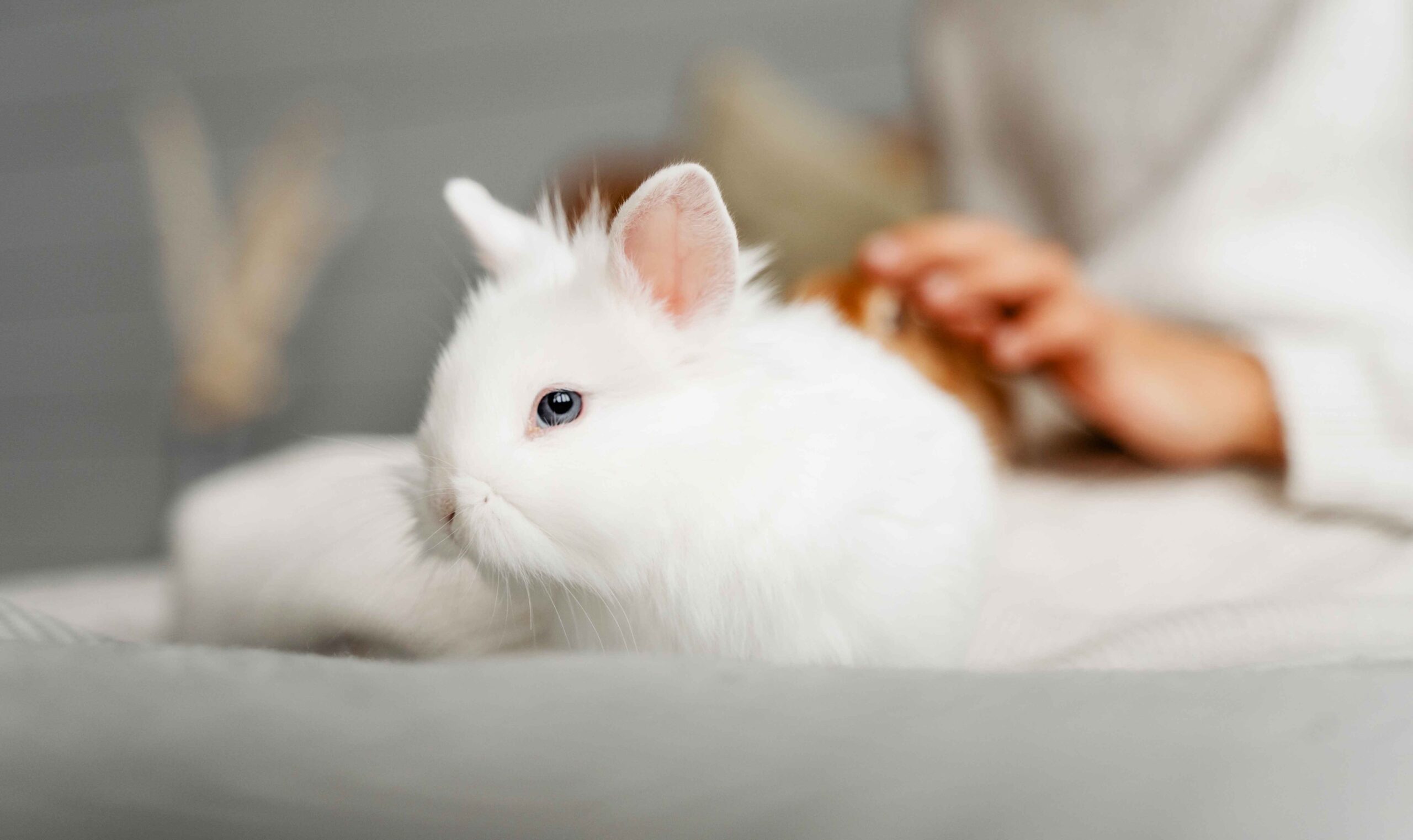
8) Why do some animals smell so good?
The secret behind some animals’ fantastic sense of smell can be found in their nostrils. Take rabbits, for example; it’s a myth that they use their long ears to help them detect predators; instead, their noses are so helpful. There are two pairs of pink bumpy things inside each rabbit’s nose that house hundreds of tiny cells called olfactory receptors. With such an advanced sense of smell, rabbits rely less on vision and more on detecting scents—which is why humans need to contain them indoors or in secure outdoor enclosures.
9) How many babies can a female rabbit have?
A female rabbit can have between 1 and 9 babies at a time. Most of them are born with two, three, or four babies in each litter. When they’re first born, baby rabbits are blind and deaf and don’t open their eyes until they’re around ten days old. A baby rabbit is referred to as a kit or kitten until six months of age; after that, it becomes an adult. Female rabbits reach sexual maturity at five months, while males need seven months before mating with females. The gestation period for bunnies is between 28 and 35 days; typically, 30 days is average for rabbits living in captivity.
10) The importance of good dental care for your rabbit.
The role of teeth in rabbits is no different from that of other mammals. Teeth play a significant role in chewing and grinding food, which your rabbit cannot do without them. Rabbits need to clean their teeth regularly to avoid dental disease and associated health problems. Here are some helpful facts you should know: #1. Rabbit teeth grow throughout their lives. At 4 weeks old, baby rabbits (kits) will have 20 baby teeth, known as deciduous or milk teeth. As they mature, those baby teeth will fall out and be replaced by 28 permanent adults between 3 and 6 months old.
11) Baby bunnies are called kittens
When humans think of a cat, they think of an animal with fur, whiskers, and four legs. But when a bunny thinks of a cat, they think of an animal with fur, whiskers, and four legs.
This section is about how other animals call animals. For example, cats call bunnies kittens because they look like kittens. The section also goes into the different words that cats call bunnies. Cats will sometimes call bunnies meow-babies or meow-kittens because they sound similar to the word “kitten.”
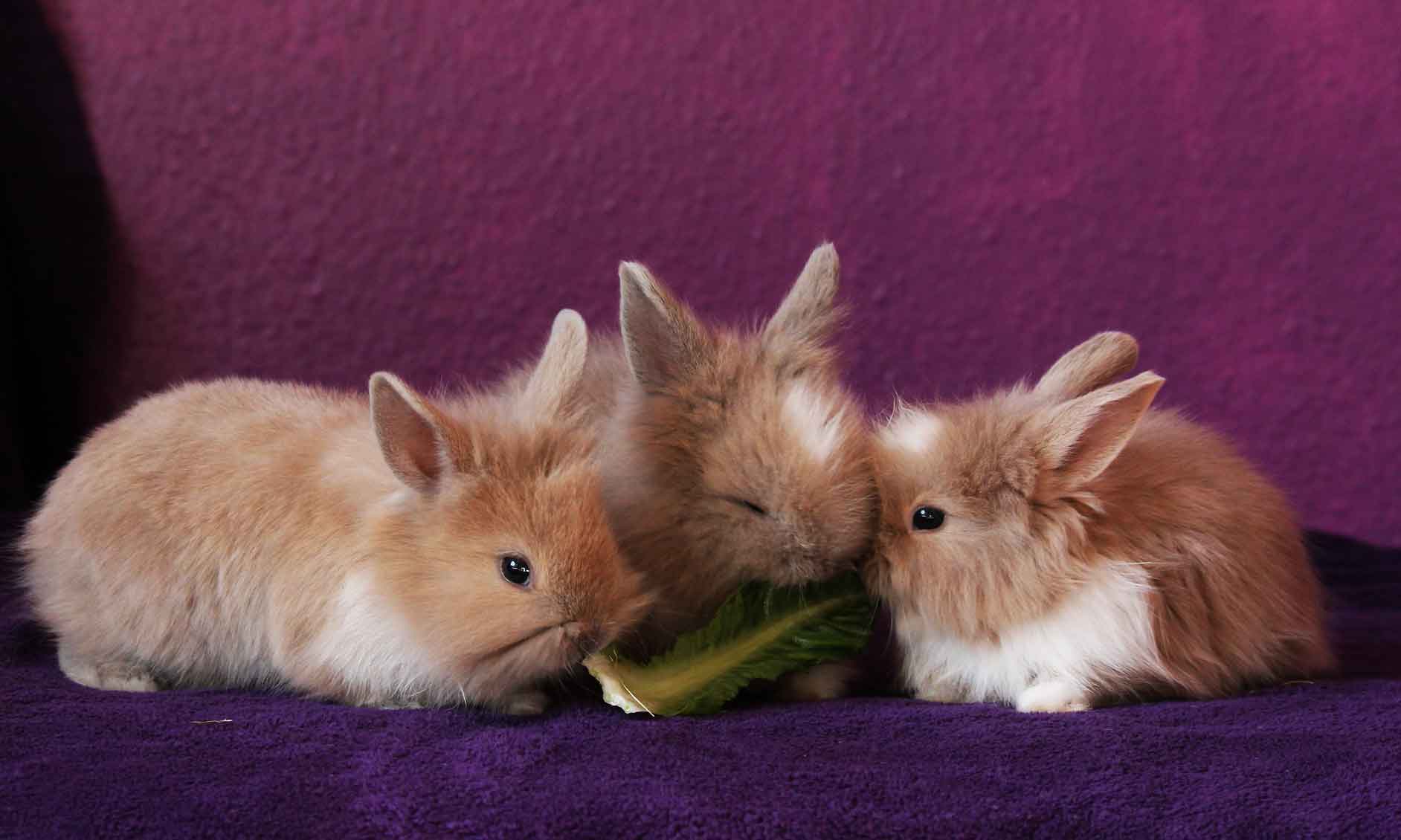
12) Baby rabbits are born with fur so they can keep warm
This is a perfect example of how animals have adapted to the environment around them. The fur on a baby bunny protects it from the cold and keeps it warm. From an evolutionary perspective, this is a significant advantage for rabbits because it allows them to survive harsh winters and still produce healthy babies to perpetuate their species.
From this example, people can learn that animals have adapted to accommodate their environment, and humans could do the same thing.
13) Rabbits live in groups known as warrens
Rabbits live in groups known as warrens.
Walter de la Mare first coined the term “warren” in his 1934 novel The Wind and the Willows. The book’s main characters, a group of animals called the “Water Rat,” “Badger,” and “Otter,” visit a village near a river. This village is inhabited by people who keep and breed rabbits, and the animals find themselves surrounded by buildings with rabbit hutches on them. De la Mare uses this word to describe these buildings built to keep meat and fur rabbits.
A warren can be an underground tunnel system that these animals created to protect themselves from predators such as other animals or humans. Still, it can also be any breeding ground where they live together.
14) Baby rabbits only have ears for the first few weeks of their life
The ears of baby rabbits are hidden at birth. Their ears start to show after the first few weeks when they are about two months old
. The ears are visible when they are three months old.
Baby rabbits have no hearing until their ears start to poke out
. They only have their sense of smell for the first few days of their life; they can also see and hear after a few weeks.
15) A group of baby rabbits is known as a litter
A group of baby rabbits is called a litter. The number of bunnies in the litter is usually between one and twelve.
5. A group of baby rabbits is known as a litter
16) Dwarf breeds are popular because they’re cute!
Dwarf breeds are prevalent because they seem cute and cuddly. They are also considered good pets because they are energetic, social, and intelligent.
Breeds that have been bred for these qualities include the Munchkin breed. The Munchkin is a cat with disproportionately short legs due to a natural mutation in its genes. This makes them look like little teddy bears! Another popular breed is the Sphinx – this breed often has short, hairless legs, making them look like miniature statues.
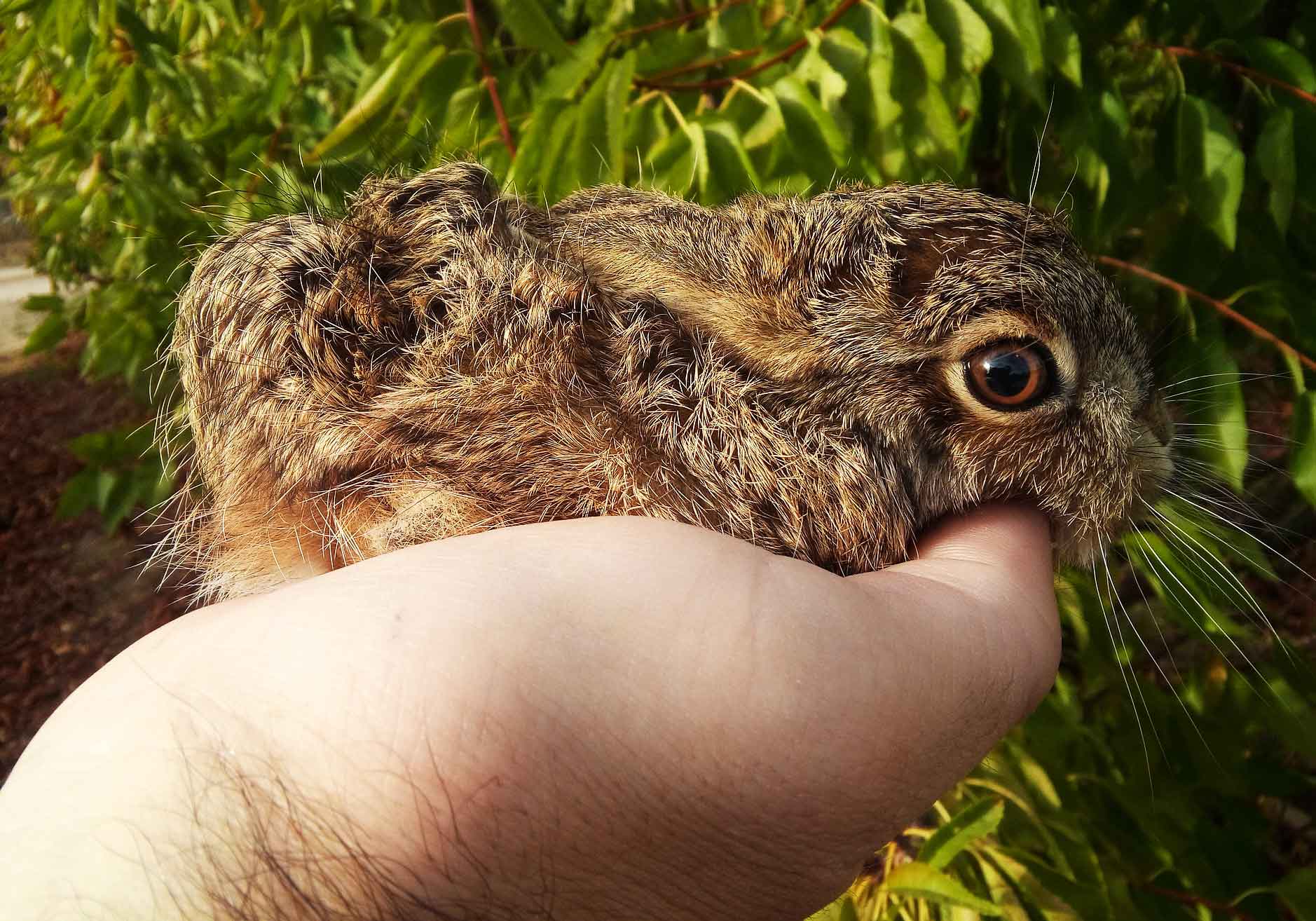
What Are Baby Rabbits Called?
Baby rabbits are referred to as kittens, and it’s easy to see why. They have a similar appearance to cats, but the word kitten also comes from the Middle English word kitten, which means young cat or young feline animal. Despite not belonging to the feline family, rabbits and cats are mammals, making them more alike than you think!
Female rabbits
Does your pet rabbit have babies? Congratulations! You’re now a parent to baby bunnies or kits. You may be surprised to learn that rabbits are born live rather than hatching from eggs. If you’ve never seen a new litter of baby bunnies before, here’s what you can expect: four to eight pups per litter. While some breeds of rabbits tend to produce larger litters (ranging from 5-12), it’s rare for kits to number more than eight per pregnancy. The gestation period (or length of time an embryo is in its mother’s womb before it’s born) is just 29 days—much shorter than many other mammals.
How long do they live
Baby rabbits are small, delicate creatures vulnerable to several perils, including weather conditions and predators. While most don’t survive longer than a year in their natural environment, domesticated pets can live significantly longer. Most domestic rabbits live for about 6–10 years, but some breeds have lived up to 10 years longer. They’re not relatively as long-lived as some other critters (like tortoises), but it’s certainly better than nothing!
The lifespan of a Dutch rabbit
8 to 12 years. The lifespan of a Dutch rabbit depends on its gender and genetics, among other factors. The first thing to consider is how long a Dutch rabbit is expected to live. For males, it’s between 7 and 10 years; for females, it’s 8-12 years. These numbers are just averages and aren’t meant to set any boundaries – you can expect your bunny’s life span to be longer if he gets lots of exercise, has enough space for roaming around, eats nutritious food, etc.
Dutch rabbit breeds
The Dutch rabbit breed is developed to be especially good for meat production. The rabbits have a docile temperament, making them easier to work with, and have been selectively bred for a plump body. Although many people keep Dutch pet rabbits as pets, they are originally bred to be food animals. If you want a cat that looks like a bunny but can still kill it in terms of cuteness, then why not check out our list of cat breeds that look like bunnies?

The lifespan of a dwarf rabbit
Dwarf rabbits are small breeds, and though they might seem like they’re going to live short lives, in reality, they have a longer lifespan than you might expect. Your dwarf rabbit will likely live 7-10 years, but some can live up to 14. Because of their size, your bunny will probably spend much of its time nibbling grasses, chewing on wood chips, and snuggling with you on a rainy day. This makes them great pets for beginners. With proper care, your dwarf rabbit should be around as long as any other breed out there!
Dwarf rabbit breeds
Dwarf rabbits aren’t as small as other rabbit breeds, but they are often cute enough to be considered lappets. If you want a pet that acts more like a dog or cat than a wild animal, these short breeds may be worth your consideration. Some are incredibly well-suited for first-time rabbit owners and enjoy spending time with their people. Here are some of our favorite dwarf rabbit breeds.
The lifespan of an angora rabbit
The lifespan of an angora rabbit can vary depending on care, but in general, they have a short lifespan. They usually live for 3-5 years. One thing to keep in mind is that angora rabbits require more maintenance than most other breeds. So if you don’t want to spend lots of time grooming your pet, it’s best to choose another breed of rabbit. In addition, since these rabbits are so small and soft, they’re more likely to get injured or lost compared to other breeds. Also, it’s worth noting that their fur is not hypoallergenic; most people who suffer from allergies will still experience symptoms when exposed to angora fur.
Angora rabbit breeds
Angora rabbits are medium-sized rabbits that have hair rather than fur. Their wool is long and thick, and their bodies are heavy compared to their legs. These rabbits are initially from Turkey, where they have been prized for their wool since ancient times. There are several different Angora rabbit breeds, including American Fuzzy Lop, English Angora, Lionhead, and Satin, to name a few. In all of these breeds, males weigh between 6 and 10 pounds while females weigh 4 to 8 pounds. Many pet owners choose them because they can be groomed into beautiful knots that resemble doll hair or soft blankets for humans!

